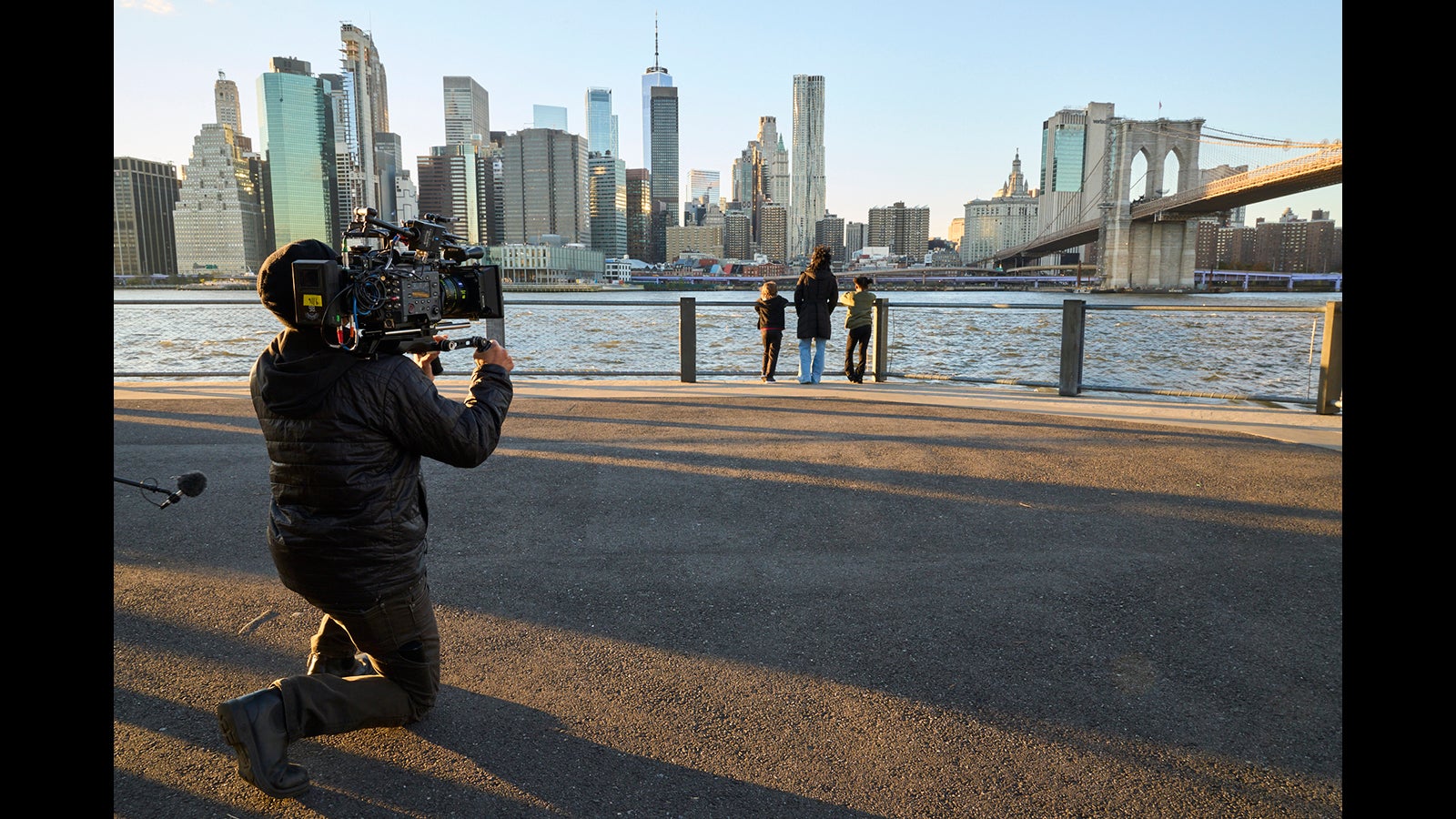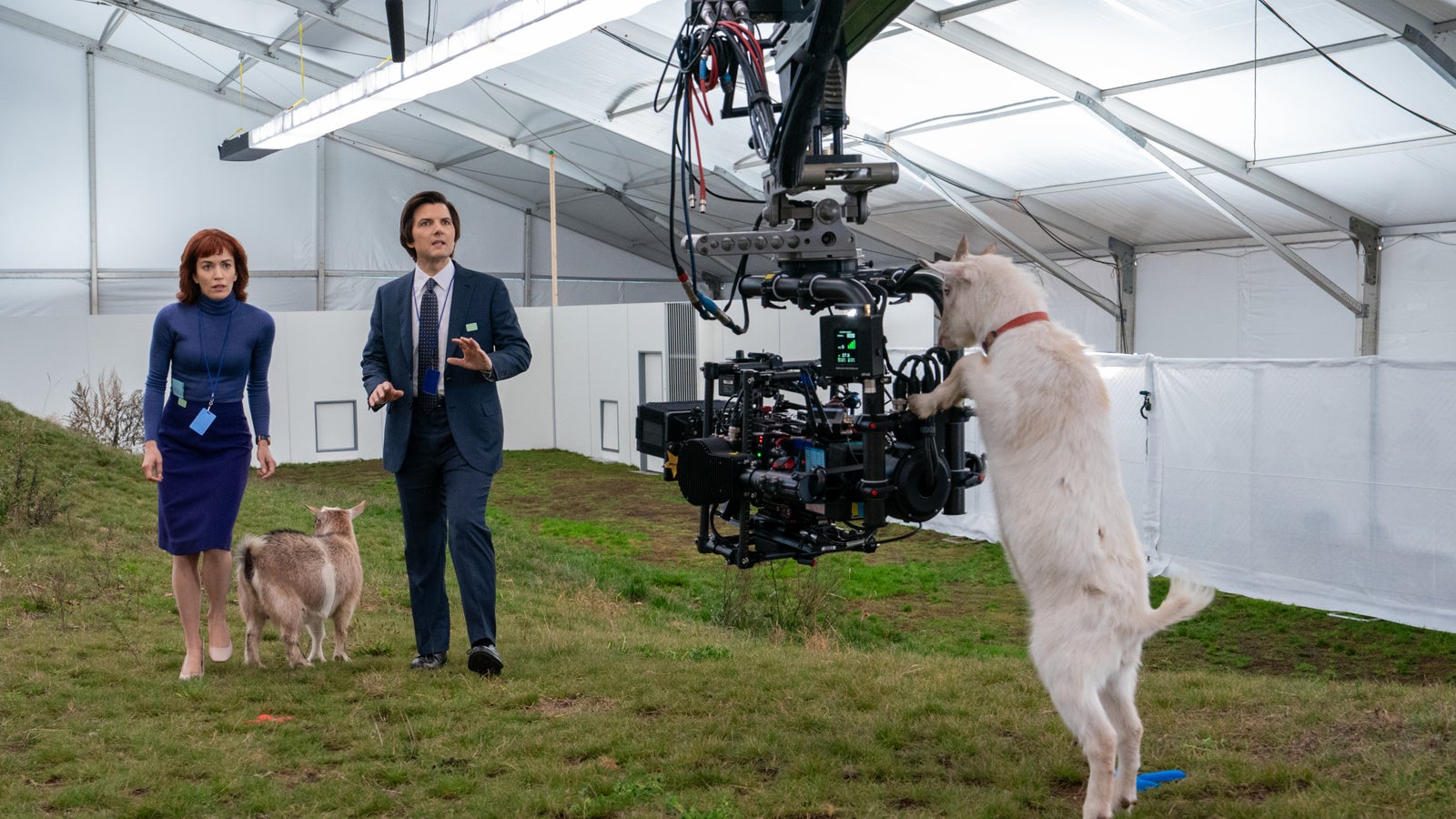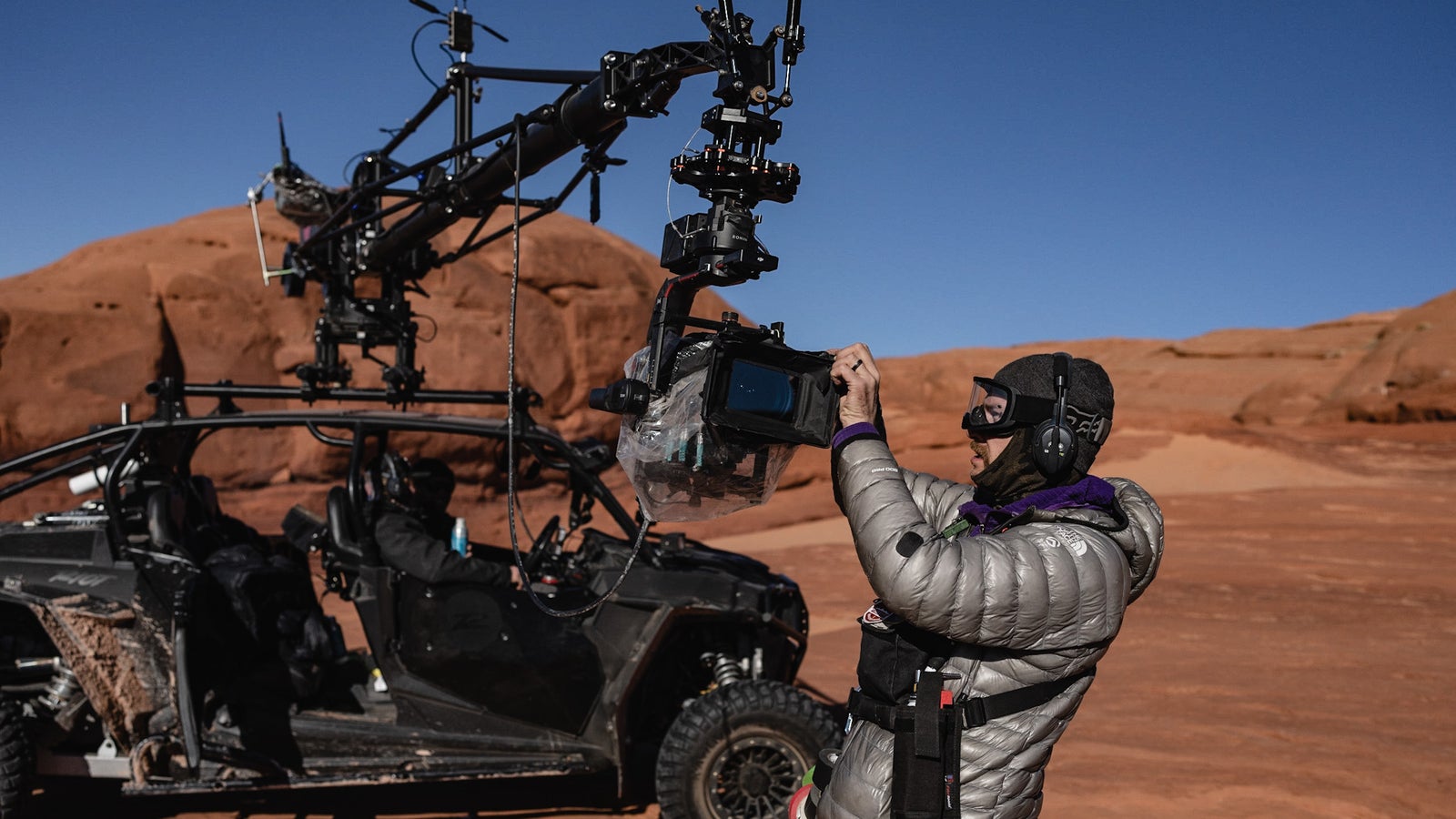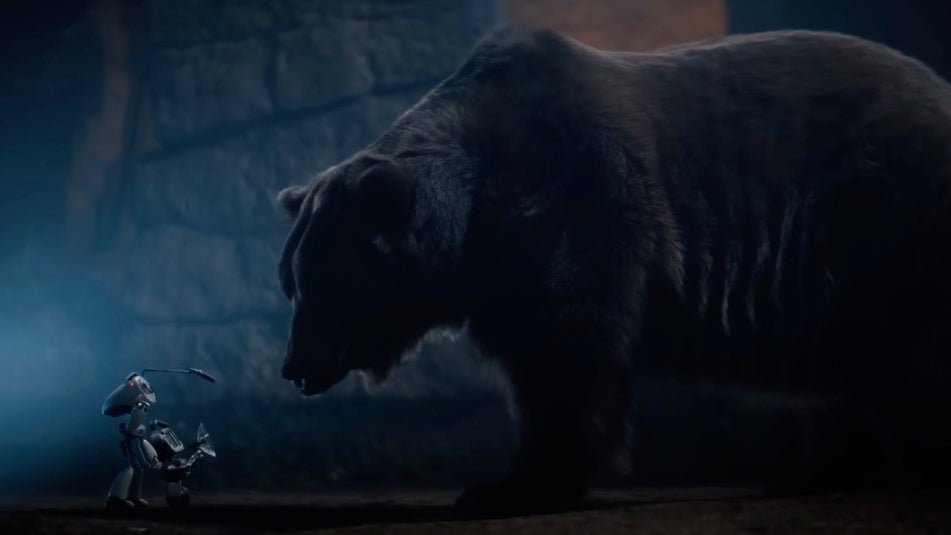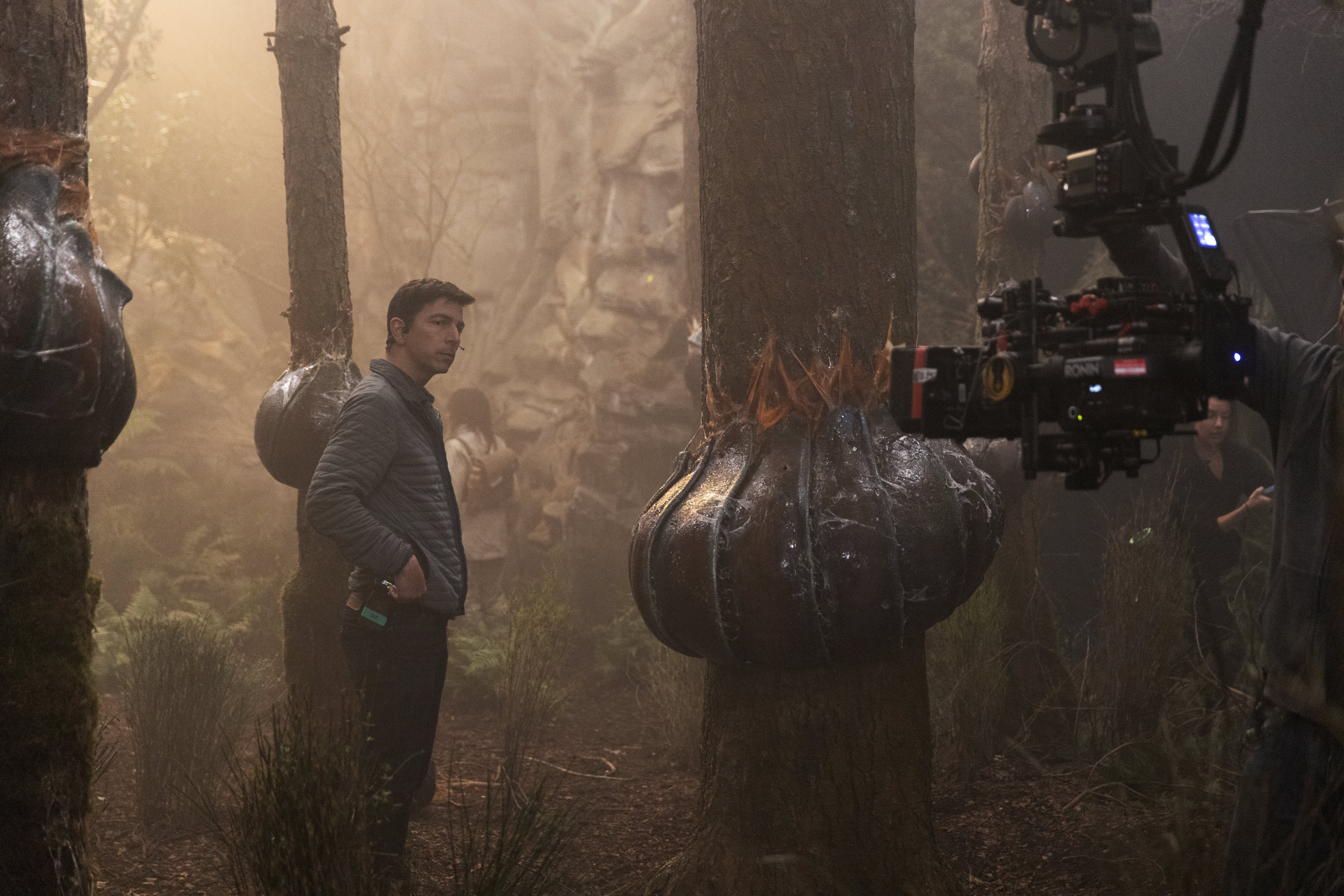
06-12-2025 - Filmmaker Interviews
The Acolyte DP Chris Teague Uses Sony to Craft a Visual Language with Movement
By: Yaroslav Altunin
Since finding a home at Disney, every new Star Wars film and show has shed light on new characters and worlds. Each of these projects has also allowed creatives to bring their own unique vision to a galaxy far, far away.
For The Acolyte, a Disney+ show set in the Star Wars universe, creator Leslye Headland and DP Chris Teague did just that. Using the Sony VENICE 2, the cinematographer and director used movement and lighting to create a visual language that explored new ground while paying homage to the past.
Sony Cine sat down with Teague to learn more about the creative approach to his first space opera, how the VENICE 2 became a creative asset, and how movement became a foundational piece of The Acolyte.
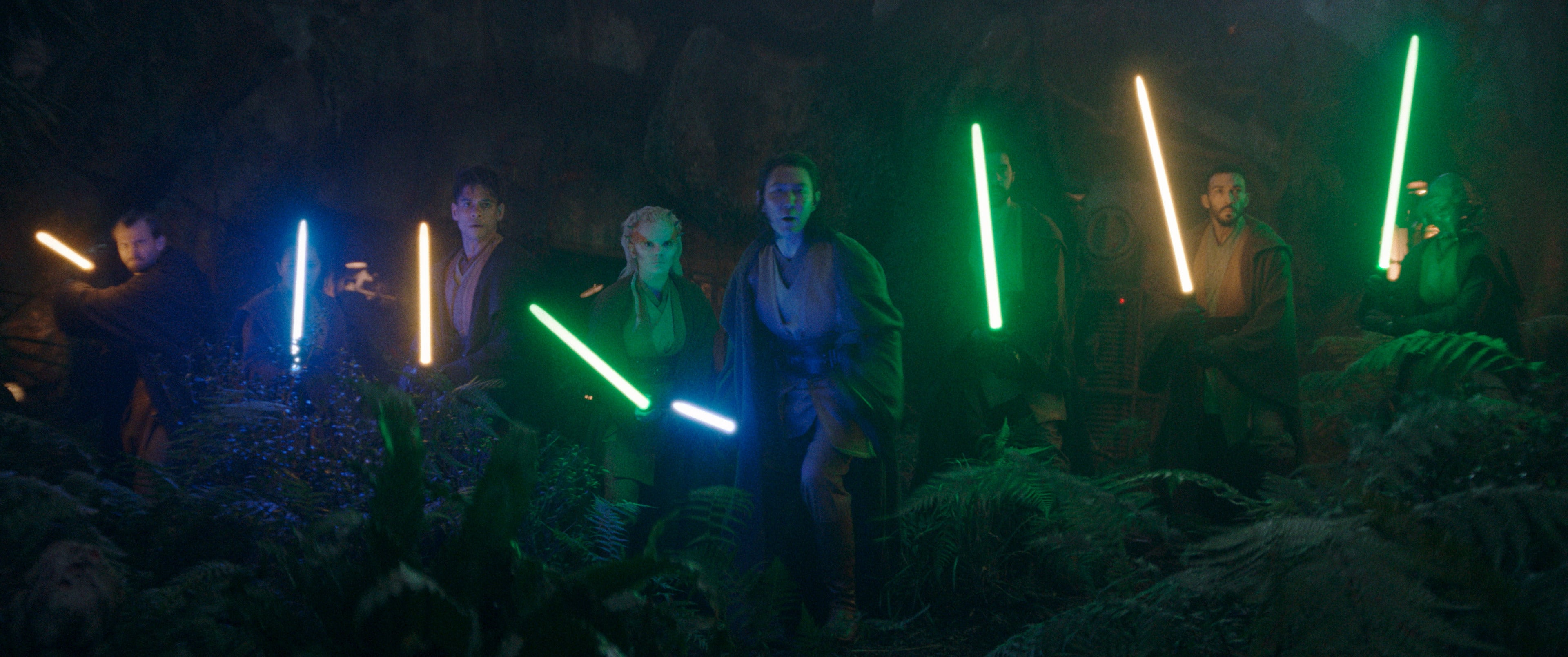
Filmmaker Interview: Developing the Visual Language of The Acolyte
Teague is an Emmy Award-winning cinematographer who is no stranger to film or television. Having developed his craft over many projects, the cinematographer created the look for shows like Only Murders in the Building and Russian Doll, for which he also won an Emmy.
"I worked with Leslye Headland, who created The Acolyte, on Russian Doll," Teague said. "We had a great experience working on that show. It was challenging because we were trying to do something very ambitious on a tight budget."
"Shortly thereafter, she was telling me about this Star Wars series that she was developing, and…it was on a much bigger scale than anything I had ever done," Teague continued. "But what really helped me was that Leslye and I had this history together. We had this great working relationship, and she trusted me."
With this foundation, the duo sought to develop their own visual language. As Star Wars films have often borrowed from different mediums and genres, so did Headland and Teague, borrowing the movement of martial arts films.
"One of the things we really focused on initially was the martial arts component, which was slightly different from some of the other Star Wars movies or shows that we've seen before," Teague explained. "And Leslye's point of reference for that part of the show were Chinese martial arts wuxia films like Come Drink with Me or Lady Snowblood."
These references not only helped define the choreography but also how Teague would approach his composition and coverage. The director and cinematographer wanted each camera move to be visible and have narrative meaning.
"We looked at those [films] for action references, and we developed an approach to capturing the fight choreography in a way that really highlights how beautiful it is, how acrobatic it is, and how precise it is," Teague said. "We didn't want to have so many cuts in these sequences where you couldn't really tell what was happening or that you got the sense that the director is trying to kind of hide something."
"[We wanted to move] the camera only when it said something narratively, not because it looked cool."
In preparation for the show, Teague rewatched the original movies, finding inspiration in the original set design and cinematography. He and Headland wanted to bring this "handmade aesthetic" to The Acolyte and while the show would have extensive VFX, the creative team wanted the initial world to be lived in and have functional sets.
"I wanted to bring into our show this idea of a more handmade aesthetic," Teague said. "A show that relies less on visual effects for the world-building components. [We] definitely take great advantage of visual effects, but we lay out as much of a physical reality as possible that the visual effects artists can then build on."
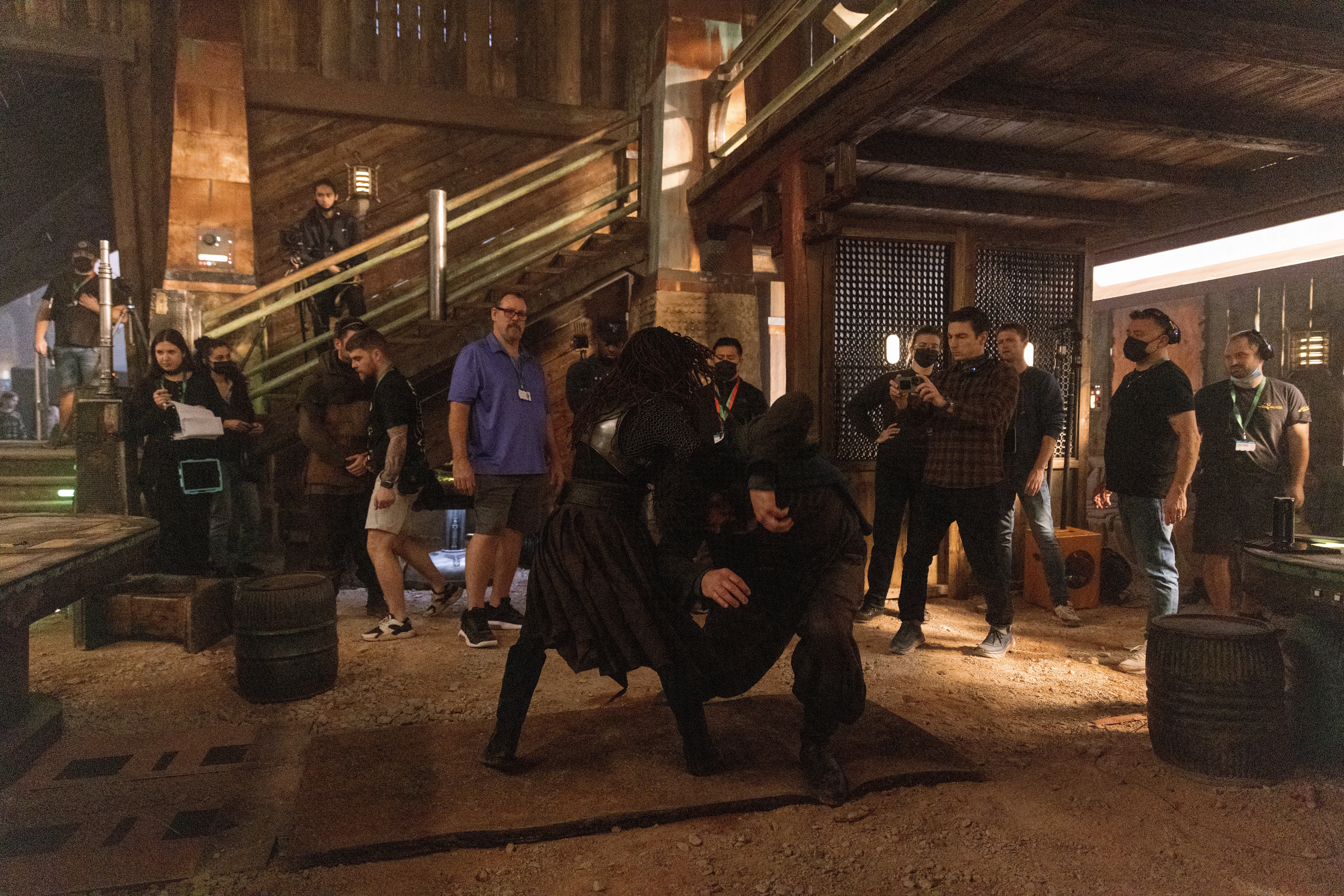
Filmmaker Interview: Capturing The Acolyte on The Sony VENICE 2
The Acolyte would be Teague's first Star Wars show. With more opportunities for unique lighting setups and compositions, Teague decided on the VENICE 2 as his camera of choice.
"I shot several shows with the original VENICE, and I really like how you can shoot the VENICE 2 at a very high ISO," Teague said. "It's a super sensitive camera, but that's not to say that I take a lighting approach that is working at extremely low light levels."
"I work at a base lighting level that is not terribly low, but the high sensitivity of the camera allows me to wear a few stops of ND in front of the lens and then have the option of losing that ND if I need more depth the field for a particular shot."
To capture the nuances of both the characters and the expansive sets, Teague rigged the VENICE 2 on telescopic camera cranes to remain nimble. The addition of the internal ND also gave the cinematographer detailed control over his depth of field, allowing him to show as much of the set as he wanted.
"With some certain shots, if you're doing a long lens shot and a close-up, you don't want your background so out of focus that you can't see what's behind the actor," Teague said. "So, in that situation, I can pull the ND filters and stop down a few stops and let the background come a little bit more into focus."
"You have the option of expanding your depth of field a little bit by losing the ND and stopping down. Those kinds of things are a real asset."
In the Star Wars universe, lighting can range from brightly lit exteriors on desert planets to dark caves deep in swampland. But Teague also discovered that the buttons and lighting fixtures found across star ships and living quarters posed unique lighting challenges.
"Sometimes those [lights] are challenging to work with because you're dealing with really hot spots in the frame, but then maybe the rest of the ship or the walls are a darker color," Teague said. "So, there's an extreme contrast built-in, and you need to build up a base level of light within that space so that the highlights aren't blowing out, and you can see your actors."
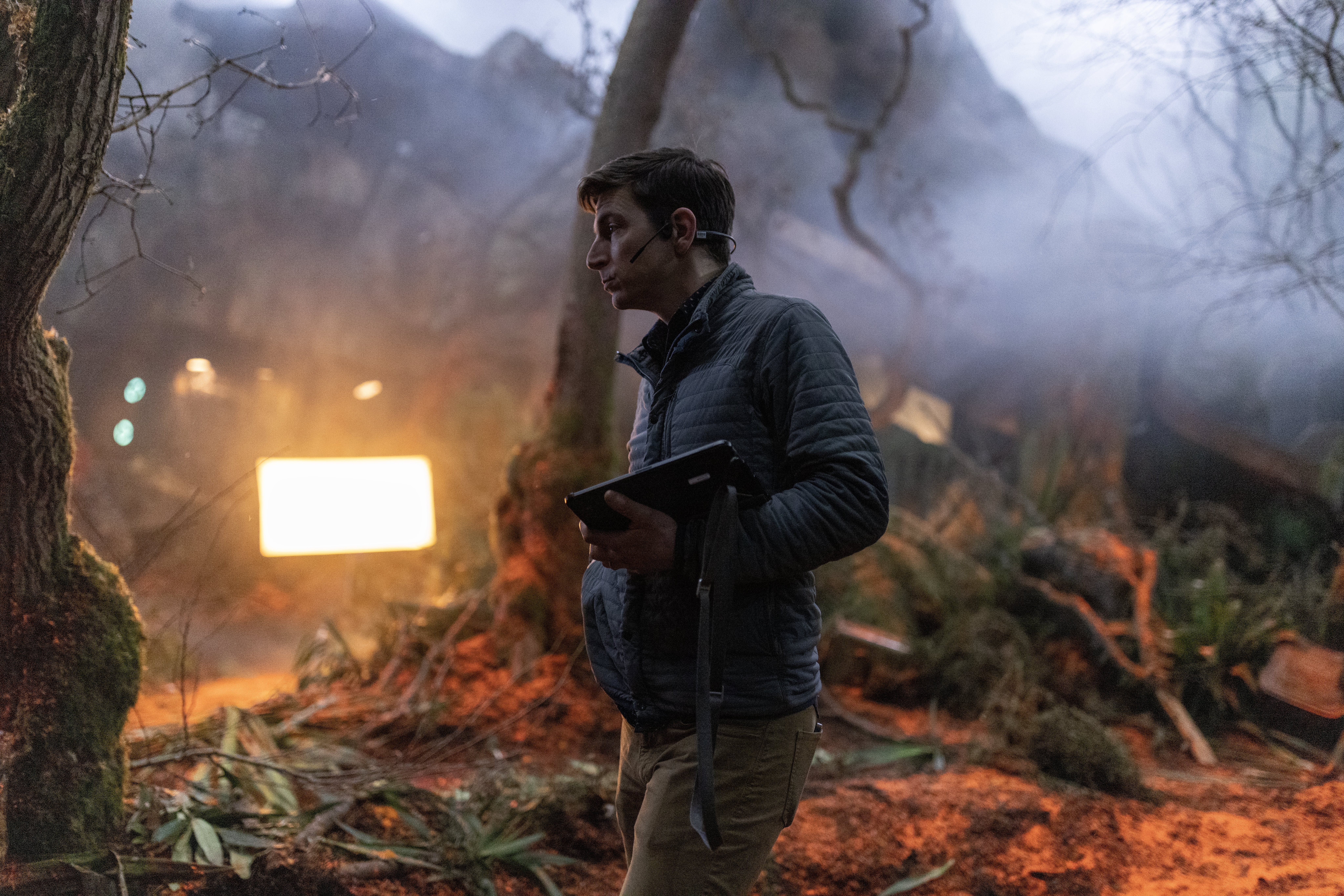
But the biggest challenge, which was also Teague's favorite sequence, came during a scene depicting a setting sun. While the sun would be mimicked with studio lights, Teague needed to balance harsh sunlight, transition into night, and keep the characters visible in a large forest set.
"We're basically in this forest at night, and we had to strike a balance between something that felt dark enough to really feel like night but also not so dark so you can see what's happening," Teague explained. "And the sets are so incredible. You don't want to lose all that detail and the depth of the forest that we're actually working in."
"It was up to us to create this transition from late day into sunset, into last light, into night. And that was such a treat to try to make a look that evolves over the course of the show that directly relates to ramping up the tension."
To achieve this look, Teague used two large lights and a special gel that mimicked the color of the setting sun. This lighting setup was then mechanically moved outside the set to create a sunset effect.
"We ended up taking these two 20K fresnels and putting them on GF-16 cranes," Teague said. "[We then] gelled the 20K fresnels with Vittorio Storaro orange, which is a very, very deep saturated orange that really looks more like a blood red on camera."
"I love that scene because it's a great moment where the visuals coincide very closely with the dramatic tension of the scene itself."
Using the VENICE 2 allowed the creative team to utilize these strong colors—of the light sabers, of the setting sun, of glowing buttons and icons—without worrying that the camera wouldn't be able to capture the full spectrum, especially on the wide range of skin tones found on The Acolyte.
"I really liked the way the VENICE looked. The VENICE 2, I felt, was very much in that same world," Teague said. "I think the skin tone rendition is great, and I think you can really lift the shadows with that camera to an extensive degree and still have a pretty, clean image."
During moments where pre-built sets required spontaneous compositions or frames that the team didn't plan for, the VENICE 2 was broken down into a smaller form factor using the VENICE Extension System.
"There were a few sets, particularly the prison ship set, where you're working in close confines," Teague said. "That's where the Rialto mode can just get you a little bit further back into a space. It can be the difference between shooting a scene on a 21mm lens instead of an 18mm lens."
Filmmaker Interview: Bringing An Indie Mindset to Star Wars
The Acolyte brought a unique perspective to the Star Wars universe. With epic lightsaber battles reminiscent of Star Wars: Episode II - Attack of the Clones and the movements and compositions of Hong Kong cinema, Headland and Teague continued the tradition of giving this beloved space opera a unique look.
As Teague moves onto a new show with new worlds to capture, The Acolyte has been submitted for Emmy consideration in multiple categories.
Until we know more, read here to learn more about the Sony VENICE 2 and the entire Sony Cinema line.


